They affect your car’s handling, ride, braking and safety. But most people don’t give much thought to them.
Eighty-three percent of drivers aren’t “tire smart” (i.e., they don’t know how to properly check tire pressure), according to a 2015 survey from the Rubber Manufacturers Association (RMA).
You may be thinking, Tires haven’t changed since I bought my first set. Wrong! Since they carry you and your car around on the road, taking proper care of them is one of the most important safety factors that also happens to be the most overlooked. Here, we deflate the top five tire myths to make sure you know your way around on four wheels.
Myth #1: All Cars Come With Spare Tires
This used to be standard, but not anymore. For space-saving reasons and fuel efficiency, approximately one in three new cars don’t come with a spare tire in the trunk. Instead, you’ll get a “temporary mobility kit” with a tire sealant and a tire inflator or run-flat tires, says Maryland-based master mechanic and automotive radio show host, Pat Goss. If your tire is punctured, apply the sealant through the valve stem then use the inflator to re-inflate it, he explains. The downside? If the damage is more severe than a tiny hole (think nail size), the mobility kit probably isn’t going to cut it and you’ll have to be towed (GEICO’s mobile app makes it a cinch to request emergency roadside assistance.). Go check your trunk now, so you’re not surprised in an emergency.
Myth #2: The Correct Tire Pressure Is Listed On The Tire Sidewall
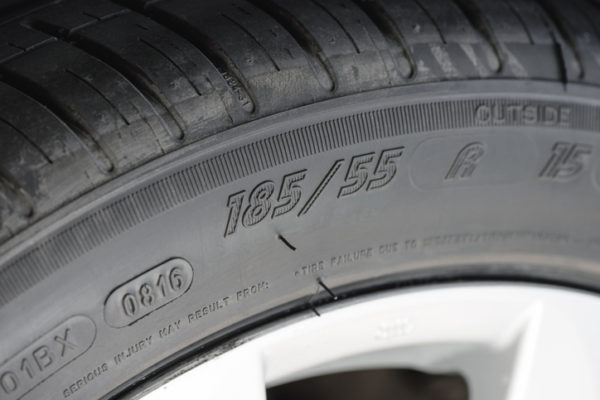 Half of all drivers believe this is where you should look to find out the ideal tire inflation pressure number. But these numbers actually tell you what size and kind of tire you have as well as the maximum cold inflation PSI the tire is rated for—not the recommended pressure for your vehicle. That information is actually listed on a label inside the vehicle’s driver-side door or in the owner’s manual.
Half of all drivers believe this is where you should look to find out the ideal tire inflation pressure number. But these numbers actually tell you what size and kind of tire you have as well as the maximum cold inflation PSI the tire is rated for—not the recommended pressure for your vehicle. That information is actually listed on a label inside the vehicle’s driver-side door or in the owner’s manual.
Myth #3: A Tire-Pressure Monitoring System (TPMS) Ensures That Your Tires Are Always Good To Go
A tire-pressure monitoring system electronically tracks and displays tire pressure via a gauge, pictogram display or a warning light on your vehicle’s dashboard. “These have lulled most drivers into believing that if the warning signal is off, everything is fine,” says Goss. Since a signal is only triggered when tires lose 25 percent of their inflation pressure (aka “dangerously low” tire pressure), you could be driving on tires that are underinflated enough to cause unnecessary wear, waste fuel and in some cases, decrease cornering ability while increasing stopping distances. Goss advises that you should check tire pressure every 30 days the old-fashioned way: manually, with a tire pressure gauge. (Need a refresher? Watch this quick how-to video on how to check your tire pressure.)
Myth #4: You Should Rotate Your Tires About Once A Year
 Not exactly. Tire rotation should be performed every 5,000 to 8,000 miles, which also coincides with the typical oil change recommendation. So the easiest way to ensure this happens is to get both done at the same time, says Goss. Another way to keep track? “Most cars today have dual trip meters, so you can set one trip meter to zero when the oil is changed or the tires are rotated and wait for it to reach the desired miles,” says Goss.
Not exactly. Tire rotation should be performed every 5,000 to 8,000 miles, which also coincides with the typical oil change recommendation. So the easiest way to ensure this happens is to get both done at the same time, says Goss. Another way to keep track? “Most cars today have dual trip meters, so you can set one trip meter to zero when the oil is changed or the tires are rotated and wait for it to reach the desired miles,” says Goss.
Myth #5: Never Continue Driving If You Experience A Flat
Run-flat tires—which let you keep driving after a puncture so you can make it to an auto shop—are becoming more popular. “Many manufacturers are using them because the additional cost of four run-flats is less than the cost of a spare tire, wheel and jack,” says Goss. Run-flats vary as to how far they can be driven and at what speed, but generally speaking they can be driven for up to 50 miles at a reduced speed (usually about 50 miles per hour), he explains. You can tell if your car has run-flats by looking inside the driver’s door, in your owner’s manual or checking the tire sidewall for one of the following codes: RFT, DSST, ROF, RFT, EMT, XRP, ZP or ZPS.
Have more tire questions? Here are 5 signs you need new tires.
Knowing your way around your tires is one thing, but being truly streetwise means having dependable insurance that won’t cost you an arm and a leg. Get a fast, free auto insurance quote from GEICO to see how much you could save.
By Nicole Cherie Jones

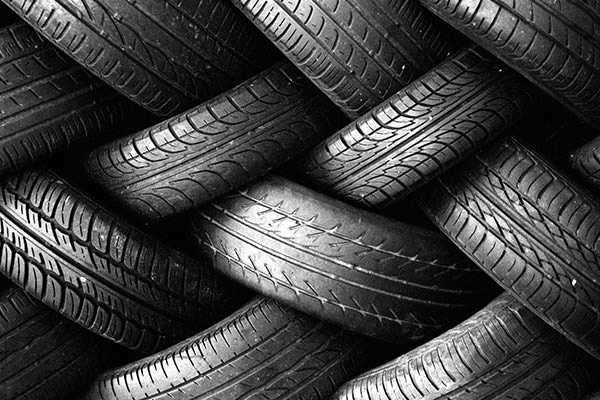


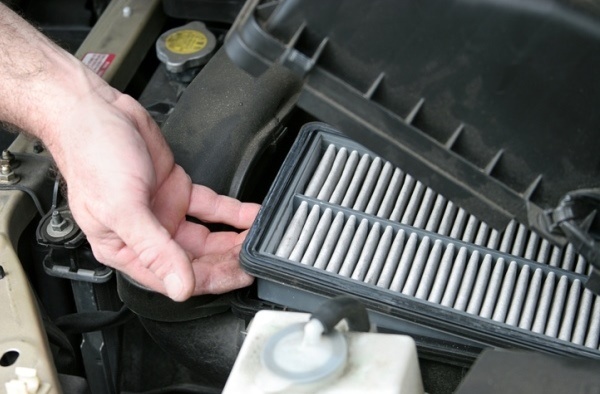
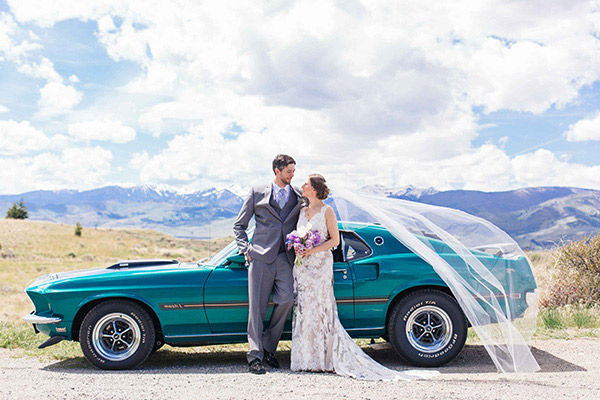
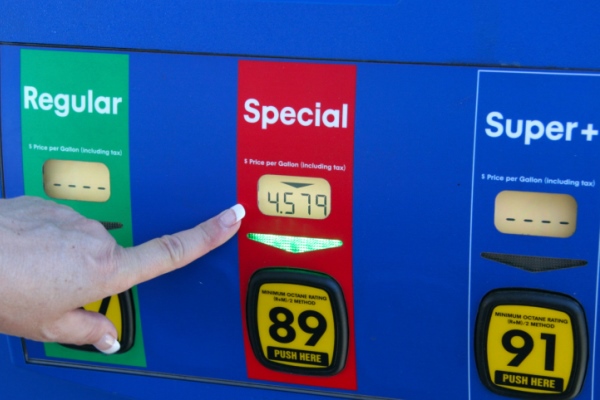
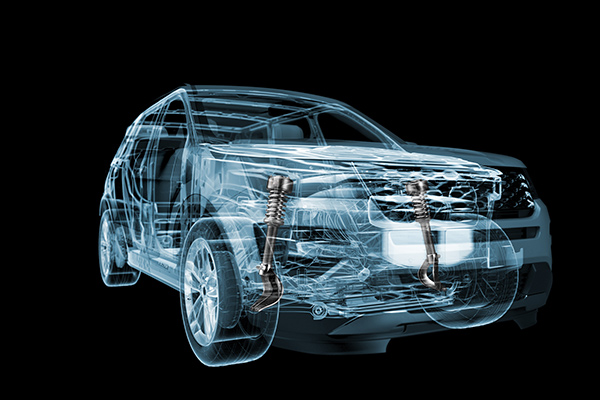

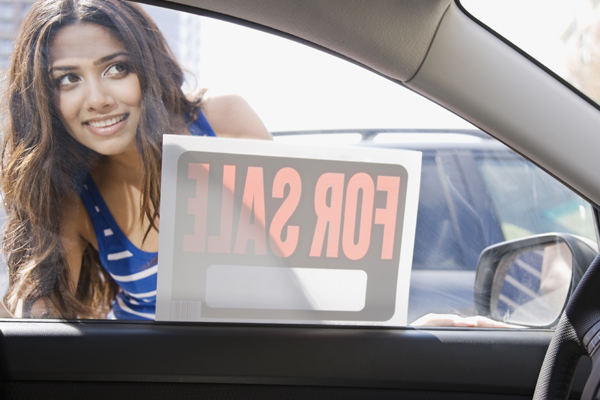
Cecile Martinez says,
How could I get tire deal thru the insurance
Rosalie Hession says,
Love these Geico information sites. I never knew (besides going flat) the importance of keeping your tires at the proper inflation. All the other information sites have been just as helpful and increased my safety knowledge. Thank you.
mcgoveran says,
lots of dead people couldn’t drive on a flat. if you have a flat on the interstate in the city slow (no brakes) down to the minimum and catch the next off ramp go to the top of the off ramp and get on the shoulder, or a parking lot. You might ruin the tire, it might already be ruined anyway. If you go far enough you will ruin the tire, it will start slapping stuff and be noisy then if you go far enough you will ruin the rim as well. throw on the four way blinkers and change lanes to the outside immediately. go to an off ramp all the way to the top or at least to a place you can get off the shoulder completely. In the la free way system a stalled car on the shoulder has a fifty percent change of being hit hard in the time it takes to change a tire. I am an old man and I have ruined a half dozen tires and rims. I brag about being a rim and tire destroyer, because I am still here. Texting, cell phones, tuning the radio, eating, kids fighting, just that long and ……
Raymond L. Choate says,
Thanks, I starter to drive to drive 55 years ago. Your information was very informative. I didn’t realize some of the things you told me. Thanks again I really appreciate it.
Charles Smith says,
Thanks .. That was some good information..
Jose says,
The video on checking tire pressure was good but should have included that tires should be checked when cold before being driven any distance.
Gary mendoza says,
Buy the ones recommended to your car. Beside the brand…. i think that is the most important.
Gary mendoza says,
Excellent article. I am applying those already.
lynn Thompson says,
Thanks for this helpful info. These are things I did not know.
Ed says,
Actually, the tire pressure posted on the vehicle label inside the drivers door is for the size and brand of tire the vehicle comes with. Once you change tires, different brand, different size you must look at the tire manufacturers recommended psi which is usually around the Cold Max PSI.
Example: if I put 35″ x 12.50 tires on my lifted truck with a cold max of 50 psi. If I run then at the pressure listed on the door, 32 psi, they will be under inflated and have a bad wear pattern. This is an extreme example but the same holds true for smaller tires.
David Keown says,
Exactly
Fred says,
Exactly right!
They never mention it may not be the same tires that came with it so of course always go by the tire info, not the door.
Daniel Wilson says,
Changing the size can create a new pressure, there’s actually a simple formula to ensure you’re carrying the load correctly but using a chart with the size & GVW per axle will get you there the easiest. The retailers POS system should print it on the WO/invoice, Switching brands does not change pressure requirements at all.
It also bears mentioning that you can and do have front and rear pressures which many times are different. In some instances the front will actually carry mores pressure. These differences affect handling and braking so they must be addressed when rotating tires as well. Many shops miss this when rotating tires too.
Jeff Fowler says,
Yes, I was gonna point that out, too. Aftermarket tires, even if same size as original may call for different pressure.
Geneva Poole says,
Good to know these details about my tires. Thank you.
James says,
Bridgestone is the best brand of tire to buy… superior technology and materials.
Pamela Whitney says,
I do need at least front tires. Can you recommend a brand?
shari ward says,
I have found Michelin tires to be far superior
To Goodyear or Firestone.
I am on my 2nd set of Michelin’s and they have been great.
With the other two brands my tires were always low on air and my check tire pressure light was on all the time!
Michelin’s cost more but they do run a 70 dollar rebate on four .
Or keep looking for sales, that is what I did and I bought two and got two free at my local Toyota dealer AND got the 70 dollar rebate.
Jay says,
All depends on vehicle and driving style.
Biff Tannen says,
Michelin and Toyo are exceptional, two of the best tires I’ve found most people are happy with when I’m selling/reviewing a tire.
Coopers have also been good, for a little less money, but they don’t often seem to get the ‘life’ people expect out of them.
I have found that most brands have at least one model that is superior or prefered to their others, for example; Bridgestone Turanza Serenity verses the Bridgestone Ecopia, both have very different handling characteristics.
I don’t let the price of a tire determine if I’m going to buy (or sell it)..
It’s okay to buy a tire because it’s a good deal, but reviews are easily made available and I would consider reviews first… Tirerack.com is an excellent source.
That bring said, certainly if there is a ‘cheap’ tire I’m going to avoid, it’s the Douglas brand Goodyear makes for Wal-Mart. Pure garbage.
Betty Fields says,
You didn’t tell me the best name brand tires to purchase.
Judith Nagy says,
great advice i just had my light go on in my car my tires were low on air, i immediately went to add air to all my tires and i do check the pressure, thanks for this advice